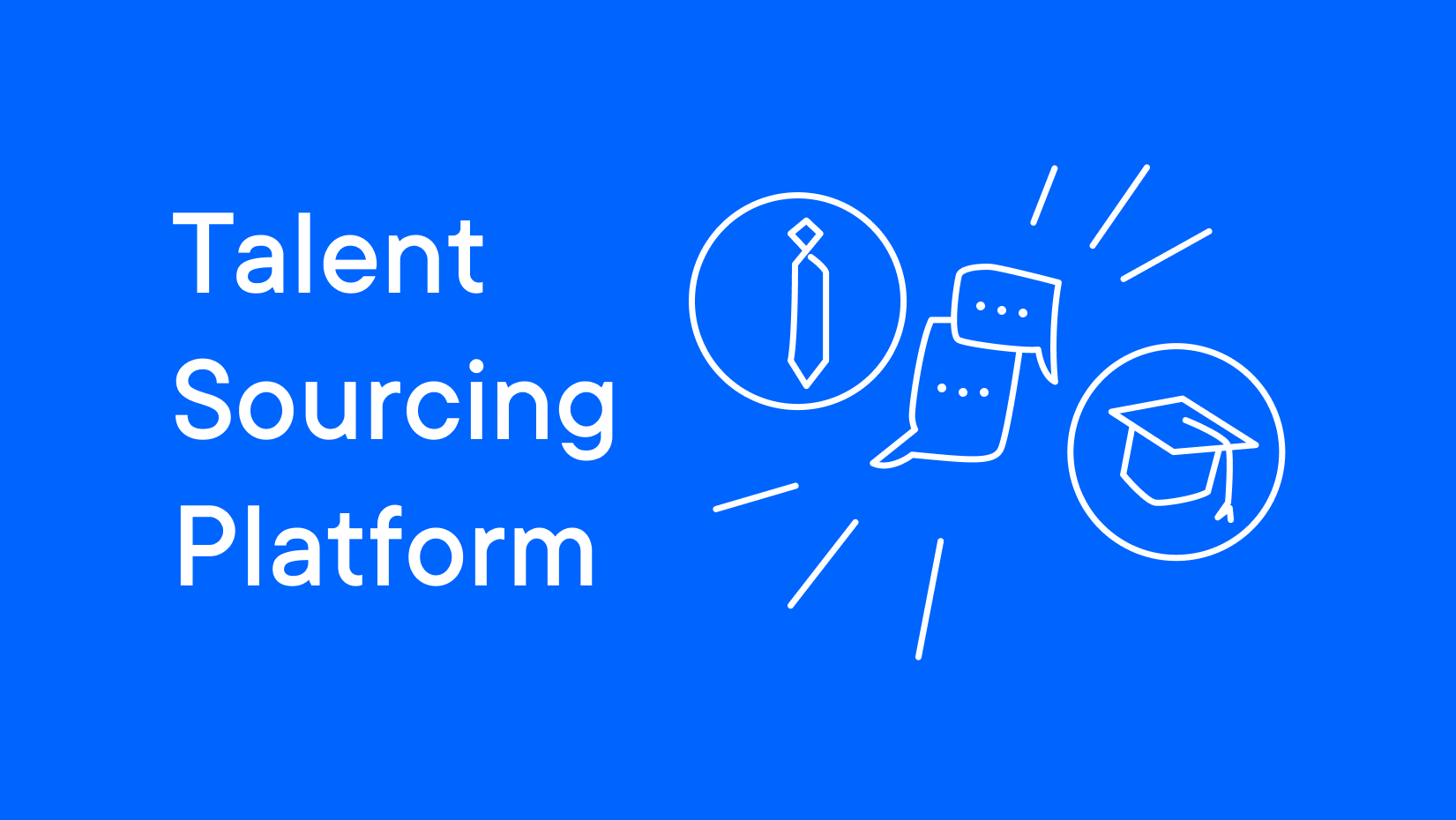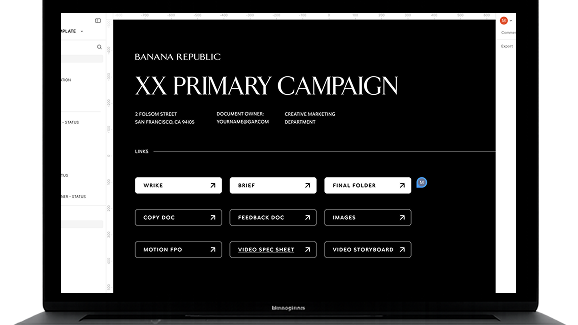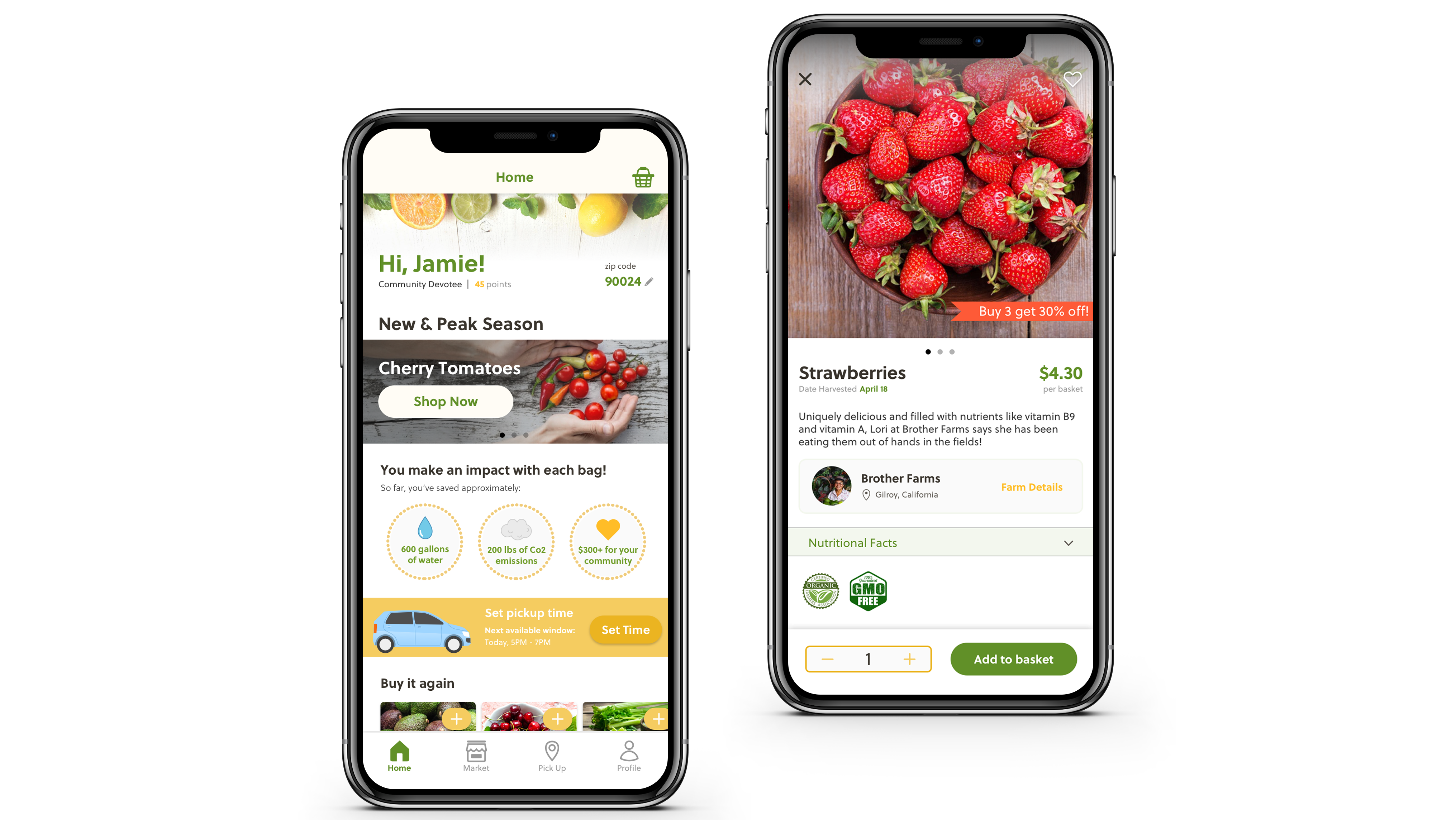PostUp is a startup that has been building a product that allows freelancers and remote workers to share tips and advice on work spaces. After seeing lots of communication and discussions on their platform about how to find good public places to work from, they were looking into iterating the next version.
I worked on this project as an independent UX Designer. I conducted a modified version of the Google Venture Design Sprint to design an MVP for PostUp. Prior to the sprint, I was provided with research on people’s pain points and insights on how they currently solve the problem from user interviews.
I was responsible for summarizing the interview data, sketching solutions, designing the prototype, and validating the designs in a week-long design sprint.
Project type
Design Sprint, Springboard UX Career Track
Area of Focus
User Research
Interaction Design
Wireframing
Rapid prototyping
Interaction Design
Wireframing
Rapid prototyping
Objective
As Master the GV Design Sprint exercise and methodology by designing a mobile app that enables freelancers and remote workers to easily find public spaces to work from.
Approach
A typical GV Design Sprint generally spans a five-day period and involves roughly 6-8 people. In this case, I conducted a modified version of the sprint to account for the fact that I was working alone. Each day was designated for a step in the design sprint process:
Day 1: Understand
Who are we designing for?
Recently, PostUp has seen lots of communication and discussions about how to find good public places to work from. Upon speaking with users, it was found that users look for the following main things when choosing a spot:
✳ Amenities: wifi, bathroom, and outlets
✳ Enough space to work
✳ Appropriate noise level
How might we quickly find suitable work spaces for remote workers on the go?
This high-level map roughly outlines the possible end-to-end experience.
Day 2: Sketch
Lightning Demo
In the beginning of the day of the GV Design Sprint, a short research session called the “Lightning Demo” is conducted. The idea behind the Lightning Demo is to review great solutions from other companies or industries to gather inspiration for the sprint.
In my modified Design Sprint, I conducted a mini Lightning Demo of my own, and I took a look at my surroundings for features or formats to inspire my product. I took note of the most applicable features to this product:
Easily-accessible slide-out drawer with all the possible filters. The results would update live as the filters are added.
A chart that indicates the most crowded times of that particular restaurant or business.
Ability to save default preferences, like a user's clothing size.
Sketching Possible Solutions
After setting a foundation (by defining the problem and mapping out how a user might get to the solution) and getting inspired from other products, I proceeded to ideation.
I began sketching with a quick exercise called “Crazy 8’s” which consists of rapidly sketching 8 variations of the most critical screen. I identified the step of my map called “Compare available workspaces in area” as the most critical screen because the primary intent of a person using this app would be to quickly compare locations to determine where to work.
The goal was to sketch ideas that allowed the user ability to compare the different options in the lowest number of clicks.
Solution Sketch
Out of the 8 variations, I decided to go with a map view that opens a pop-up of the location when its corresponding pin is selected on the map. This option made the most sense because it allows users to sift through options while comparing the location’s distance and direction on the map all in one screen.
Once that was decided, I sketched a more detailed version of the selected option along with the screens that come before and after the critical screen itself.
Day 3: Decide
Storyboard
Day 3 of the GV Design Sprint is allotted for deciding on a solution that was sketched out among the group in Day 2. In my modified version of the Design Sprint, I spent Day 3 further refining the solution by creating a storyboard that outlined the flow of my app. The storyboard served as a lightweight, sketched wireframe that I used to build my prototype.
Day 4: Prototype
Using the storyboard as my basis, I jumped straight into prototyping the app. To be efficient, I only prototyped the most critical screens that enabled users to accomplish their goal: quickly finding a public space to work.
Day 5: Test
Usability Test
Once I completed my prototype, I recruited 5 people from my network who had experience with remote work in public spaces to conduct a moderated usability test online.
Goals & Hypotheses
When designing my prototype, I formulated some hypotheses which helped me refine the task and scenario to apply to my usability study.
✳ The map view is important for users because it allows them to visualize distance and directions of the results.
✳ It is important for users to know what percentage of their applied filters matched
Results
01. 5/5 participants responded well to the filter-match percentage
As predicted in my hypothesis, all of the participants found it useful to know how relevant the results were to their filter selections. Participant J.W. said the match percentage made it easier for him to make quick decisions because he doesn’t have to manually verify whether or not the location is suitable. However, Participant C.P. mentioned that while she found it useful to see the match percentage, she was a bit confused because if it’s not a 100% match, she doesn’t know which features are the ones that match - and some features are more important than others.
C.P. :
“At the same time, the % is kind of confusing because it doesn’t exactly say what that 70% is or what the remaining 30% is… like it could be missing wifi and that’s really important.”
“At the same time, the % is kind of confusing because it doesn’t exactly say what that 70% is or what the remaining 30% is… like it could be missing wifi and that’s really important.”
Recommendation: In response to this statement, I considered adding a weight to each filter tag so that users can assess the importance of each feature or amenity; however, I concluded that it may be too time consuming for the user and the engineer implementing this functionality. Therefore, determined that the best course of action is to only show the match percentage if it is a 100% match.
02. 4/5 people liked the extensiveness of the filtering options.
Most people found the filtering tags like “Good for phone calls” or “Good for meetings” convenient because the tags were speaking directly to the objectives of the user.
03. 3/5 did not understand the functionality of the arrow-shaped "Get Directions" button.
Many of the participants were able to deduce that it was an actionable item that would somehow lead them to getting to the location, but were not 100% sure.
Recommendation: Add a label to the button
04. 2/5 users thought that the “Filter” button was a hamburger menu.
Some of my participants hesitated to click on the filter button because they thought it was a hamburger menu and were unsure as to what it would do. I believe it is a mixture of the icon itself, and the placement that could have led to confusing participants.
Recommendation: Change the filter icon to a more traditional filter icon that more closely resembles a funnel. I would also consider putting the filter as a subset of the search functionality because the first instinct for people seems to be to hit search when looking for a place, even if they are not looking for a specific location in particular.
Final Thoughts
With only five days, I was curious to see how I could come up with a fleshed out solution that is informed by data. Moving with agility reinforced my understanding of just how important it is to get to a design that is just enough to test with, in order to vastly reduce the time and effort it takes to reach a design that meets the user’s needs.
Thank you.





